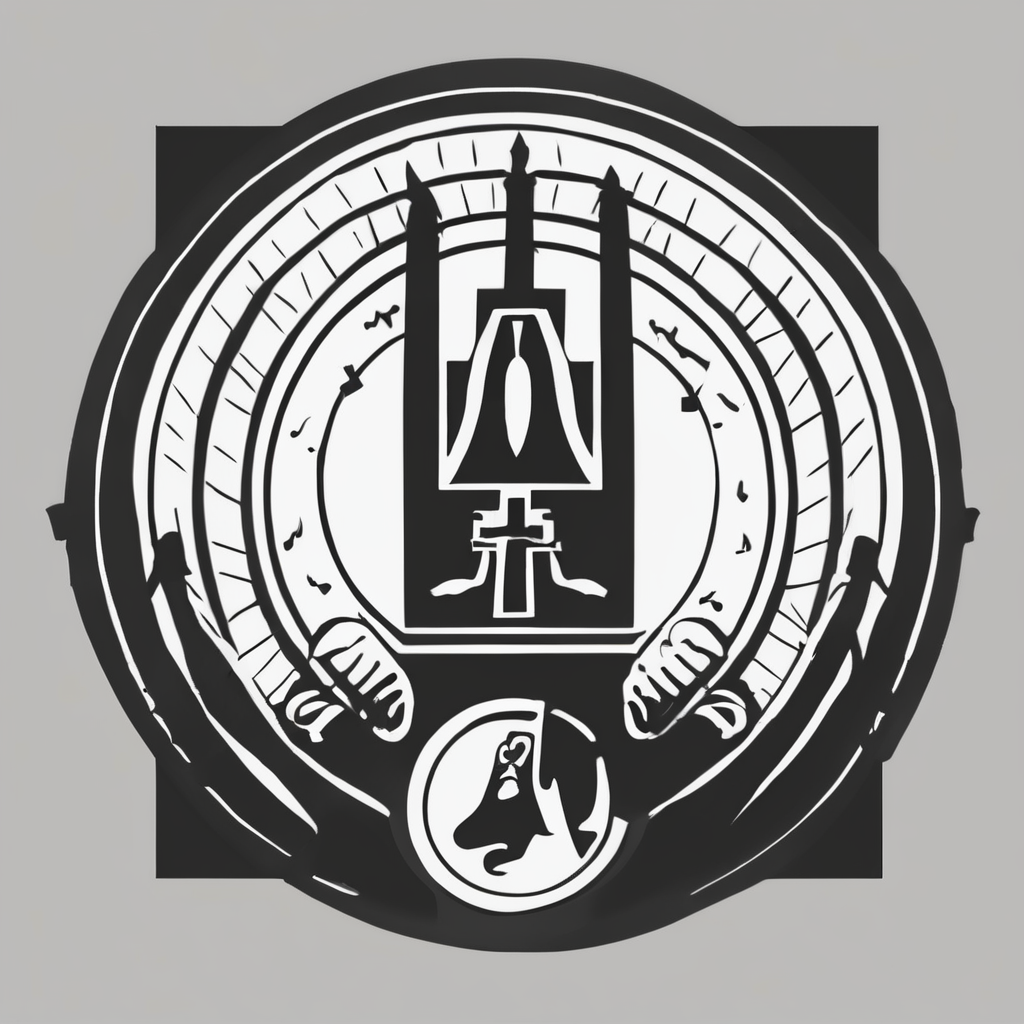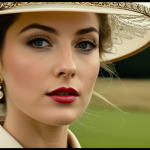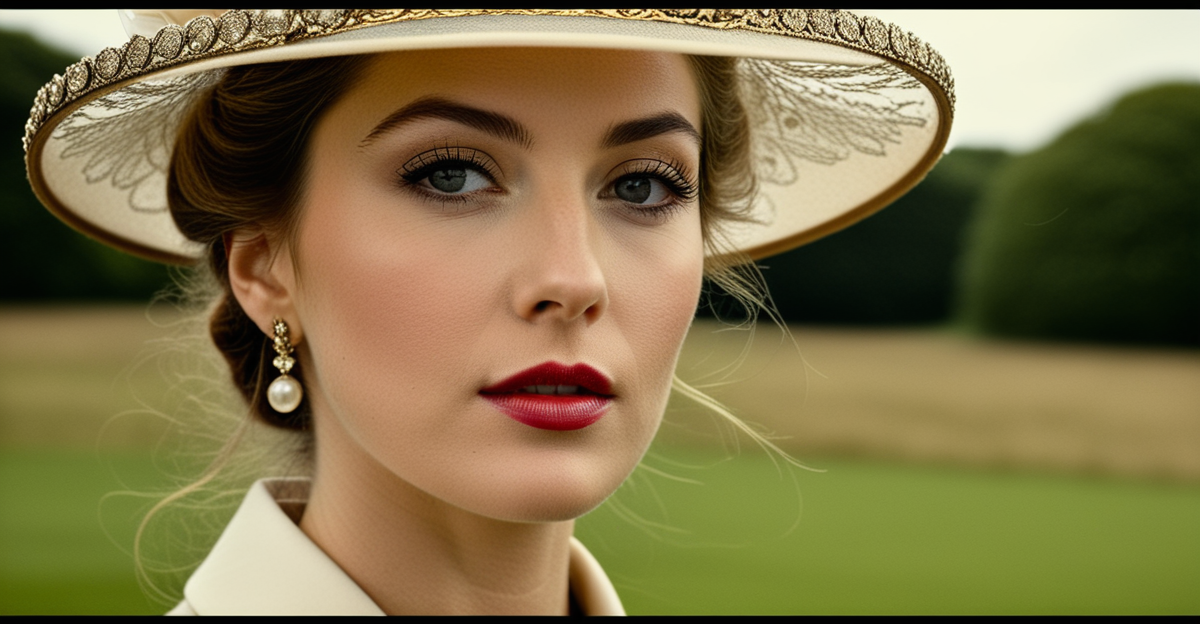The Enduring Legacy of British Fashion Eras on Modern Women’s Style
British fashion history profoundly shapes modern UK women’s fashion, weaving past influences into today’s wardrobes. From the strict tailoring of Victorian fashion to the playful geometric lines of the 1920s, each era leaves an indelible mark on contemporary style.
Historical British fashion periods, such as the Victorian, Edwardian, 1920s flapper, and post-war decades, contribute distinct motifs—structured silhouettes, romantic fabrics, Art Deco patterns, and mod elements—that designers continue to reinterpret. These historical fashion trends provide a rich visual language and a cultural backdrop that enriches modern styles with meaning and depth.
Have you seen this : Boho & chic: dress, decor, and accessorize your dream style
Understanding fashion history influence is essential to decoding current trends. For instance, the return to corsetry or puff sleeves echoes Victorian ideals, while metallics and bold prints nod to 1920s glamour. This emphasizes that contemporary style is not just trend-driven but deeply rooted in the evolution of British identity and societal changes over time.
Appreciating how historical context informs modern fashion sharpens one’s eye for detail, revealing how past aesthetics persist in new forms. It explains why some designs resonate more profoundly—connecting wearers to heritage while allowing innovation within a familiar framework. This enduring legacy creates a unique British narrative, continuously inspiring fresh, relevant wardrobes.
Also to discover : How Is UK Women’s Fashion Influenced by Cultural Diversity?
Victorian and Edwardian Influence on Contemporary UK Women’s Clothing
Victorian fashion’s hallmark—structured silhouettes and precise tailoring—remains a cornerstone in modern UK women’s fashion. Designers often echo these elements by incorporating corsetry, high necklines, and fitted bodices, blending heritage fashion with contemporary functionality. This creates garments that respect historical dress elements while appealing to today’s style-conscious consumers.
Edwardian influence introduces a romantic softness through delicate fabrics like lace and embellishments such as embroidery and ruffles. This era’s modesty manifests in longer hemlines and gentle layering, reinterpreted with modern cuts for versatility. The Edwardian aesthetic enhances contemporary style with an air of refinement and elegance, balancing strength with femininity.
Prominent designers leverage these eras to build collections that resonate strongly with British sartorial traditions. For instance, Vivienne Westwood’s frequent incorporation of Victorian corsetry and Erdem’s use of Edwardian lace showcase how heritage fashion inspires innovation. Both couturiers and high street brands adapt these historical dress elements, making Victorian and Edwardian motifs accessible to a broad audience.
Understanding the fashion history influence of Victorian and Edwardian periods helps explain why garments with structured tailoring and romantic details continue to feature prominently, underpinning the ongoing appeal of British fashion’s rich past.
1920s and 1930s: Flapper Spirit and Art Deco Details
The 1920s flapper style profoundly influences modern UK women’s fashion by introducing bold silhouettes and playful embellishments. Characterised by dropped waists, fringe, and beadwork, flapper-era shapes bring a sense of freedom and rebellion that resonates in today’s contemporary style. The revival of short hemlines and daring cuts channels the era’s spirit of liberation, reflecting changing societal attitudes towards women’s roles.
Art Deco fashion adds another layer to this historical inspiration. Recognisable through geometric patterns, metallic finishes, and symmetrical designs, these elements frequently appear in current collections. Designers infuse garments with sharp, structured motifs and bold ornamentation, connecting the past’s glamour with the present’s innovation.
The 1930s fashion legacy also shapes UK wardrobes by offering softer, elegant lines and bias cuts that blend seamlessly with the 1920s energy. Clothing from this period balanced sophistication with comfort, a duality that appeals to modern consumers seeking versatility.
Why does this historical context matter? Understanding these eras explains the persistence of vintage aesthetics in the UK’s fashion landscape. It shows how evolving cultural and societal shifts—from post-war emancipation to economic changes—fuel continuous reinterpretation, making historical fashion trends relevant and fresh in the current fashion dialogue.
Post-War Shifts: 1950s to 1970s in Modern Dress Codes
Post-war fashion reflects a blend of optimism and practicality that deeply influences modern UK women’s fashion. The 1950s introduced a renewed focus on femininity with cinched waists and full skirts, emphasizing elegance yet remaining wearable. This balance between style and function remains central in today’s wardrobes, where comfort meets classic shapes.
The 1960s Mod movement reshaped British style with bold colours, geometric patterns, and mini skirts, elements frequently revived in contemporary fashion. Its youthful rebellion encouraged experimentation, inspiring current designers to incorporate playful, sharp tailoring into streetwear and high fashion alike. Similarly, the 1970s bohemian vibe champions flowy fabrics, eclectic prints, and a free-spirited attitude, which continues to appeal to those seeking relaxed, artistic looks.
Direct nods to post-war styles appear regularly in both fashion editorials and high street collections. This ongoing dialogue between past and present shows the power of historical fashion trends to evolve yet remain relevant. Understanding the post-war era’s cultural shifts helps explain why these retro influences UK styles maintain appeal—celebrating individuality amid social change while providing versatile wardrobe staples.
Notable UK Designers Bridging Past and Present
British fashion designers play a pivotal role in melding historical British fashion with modern UK women’s fashion through their heritage-inspired design. Icons like Vivienne Westwood incorporate Victorian corsetry to challenge conventions, transforming historical dress elements into symbols of rebellion and innovation. Erdem’s romantic use of Edwardian lace and embroidery elevates the subtlety of historical fashion trends while maintaining contemporary appeal. Alexander McQueen’s dramatic tailoring and complex motifs often reference various British fashion eras, blending tradition with avant-garde artistry.
The contrast between couture and high street brands highlights diverse reinterpretations of history. Couture labels tend to emphasize elaborate detail and narrative storytelling through runway collections, carefully curated to honor specific periods. Conversely, high street brands distil these influences into wearable, accessible designs that blend fashion history influence with day-to-day practicality.
Runway collections frequently showcase direct nods to distinct eras. For example, geometric Art Deco patterns resurface with a modern twist, while Victorian structure appears in sharply tailored jackets or corset-inspired dresses. This interplay between past and present allows designers to create collections rich in cultural significance, appealing to consumers who value both heritage and contemporary style innovation.









